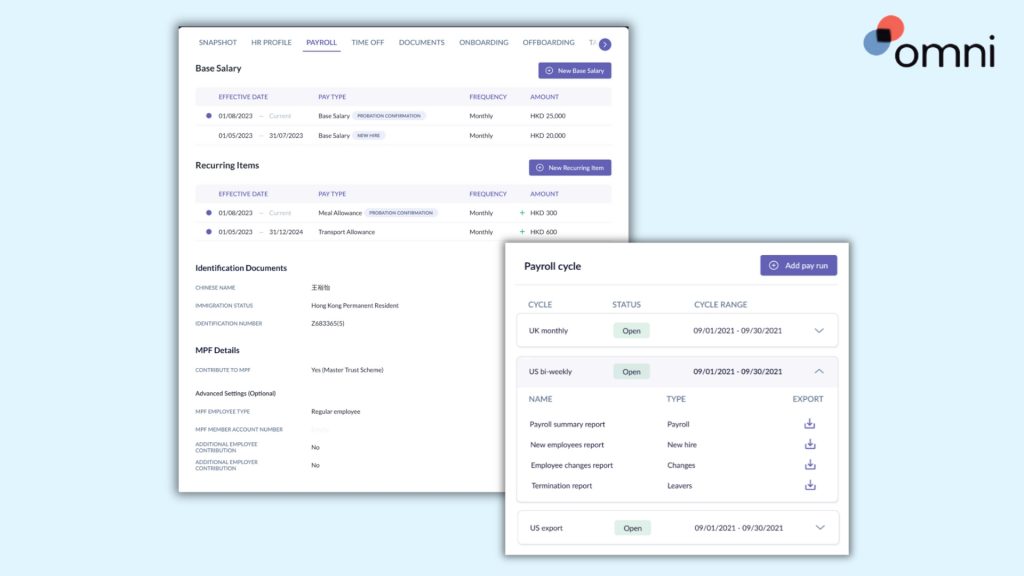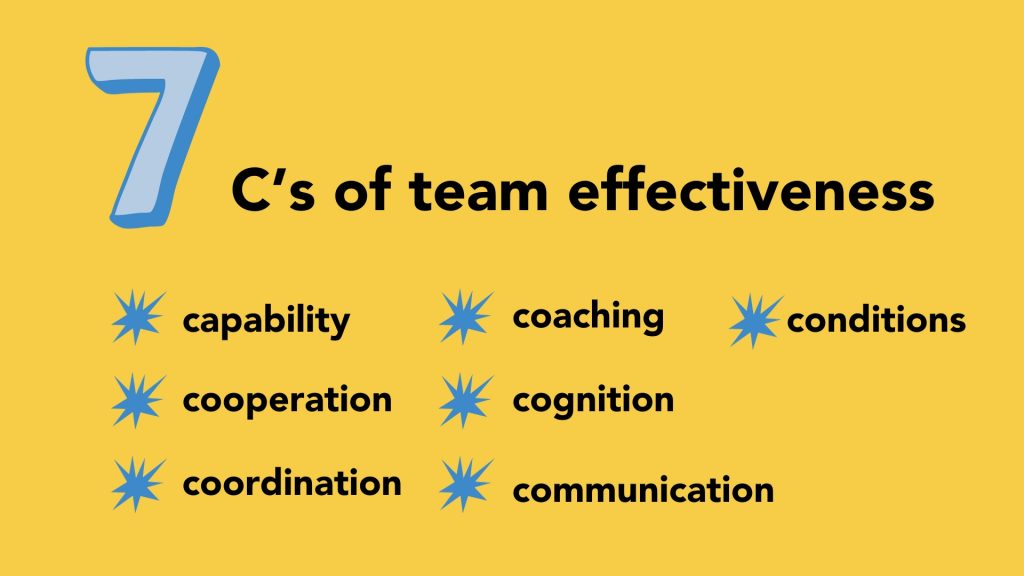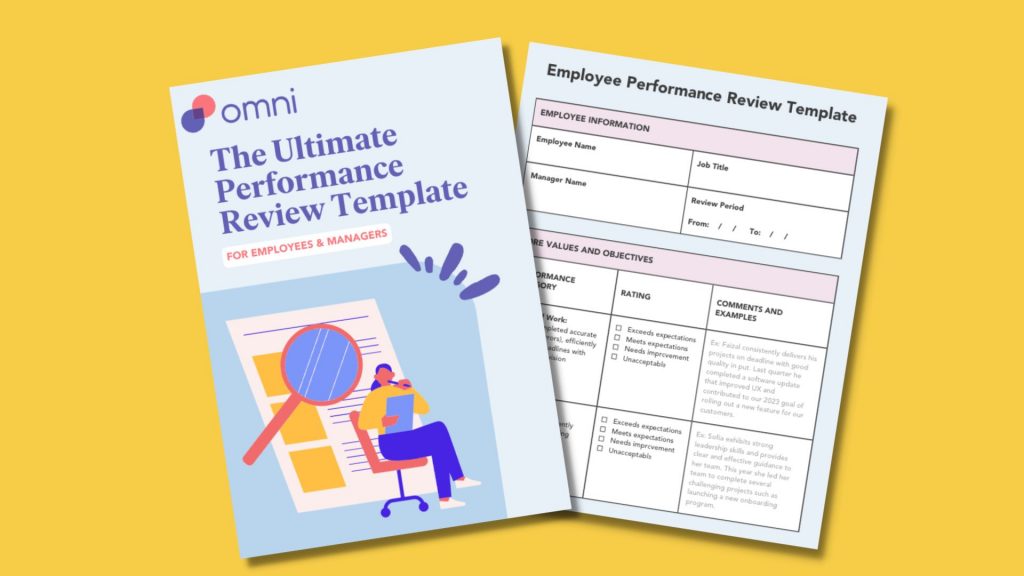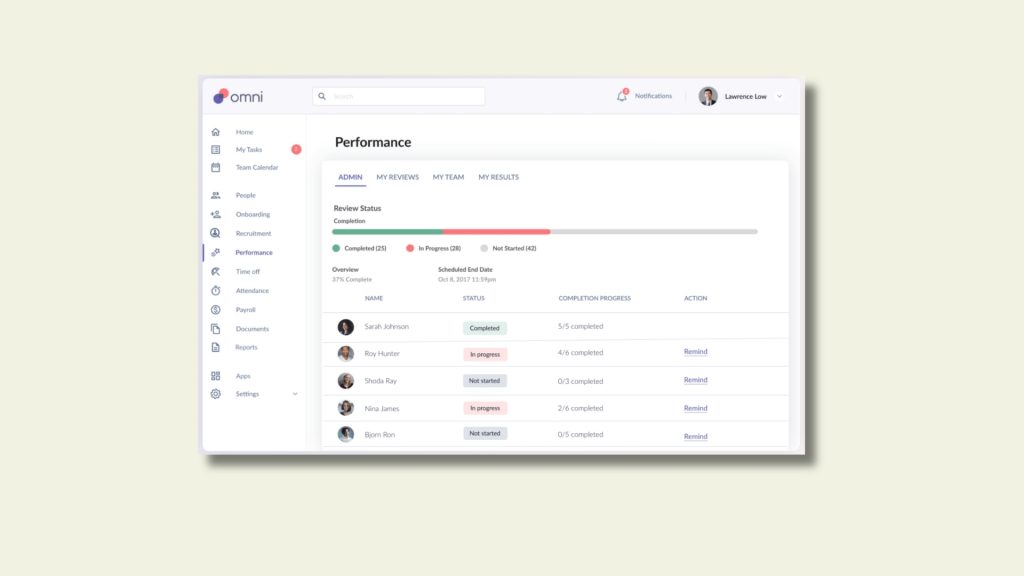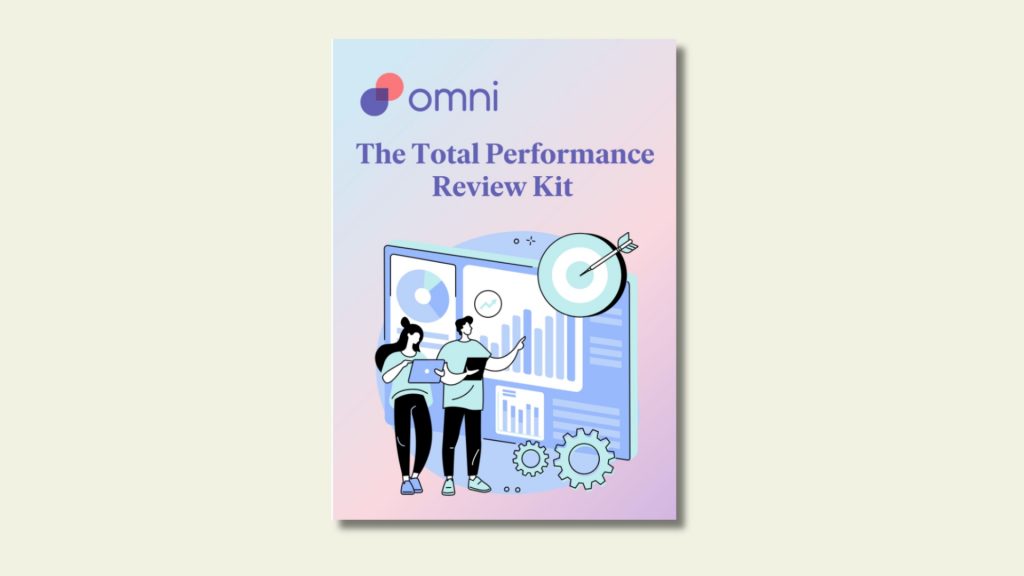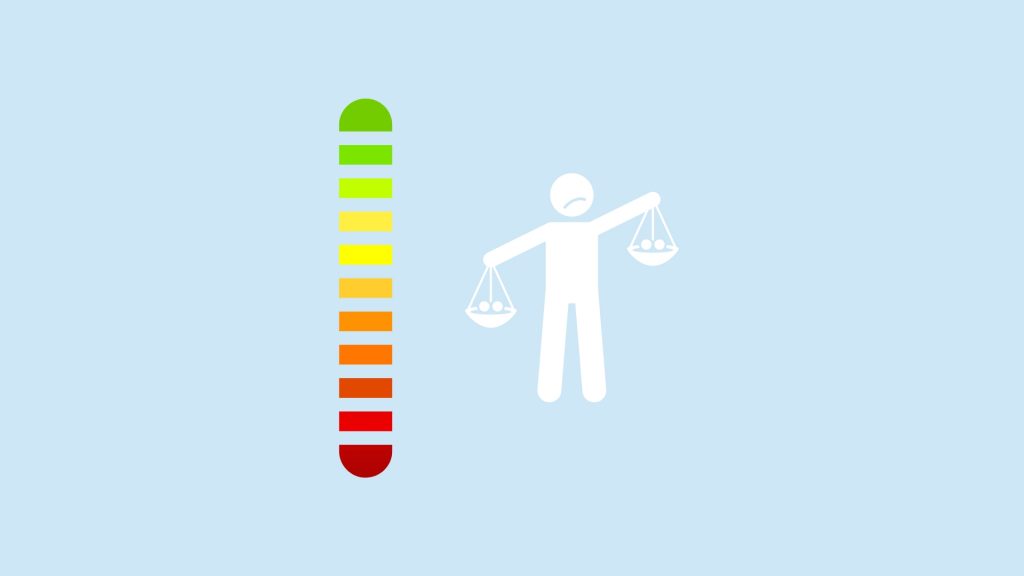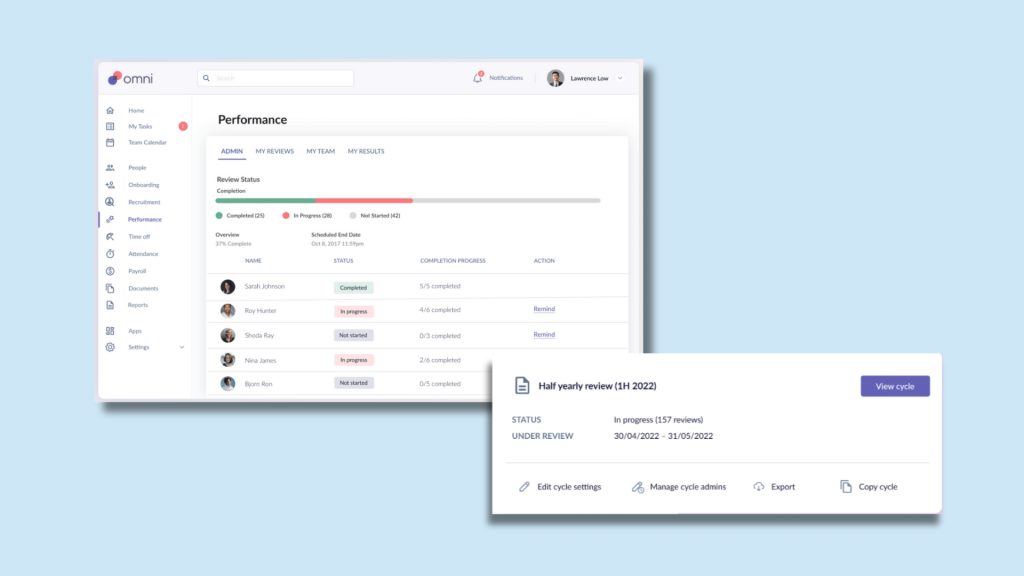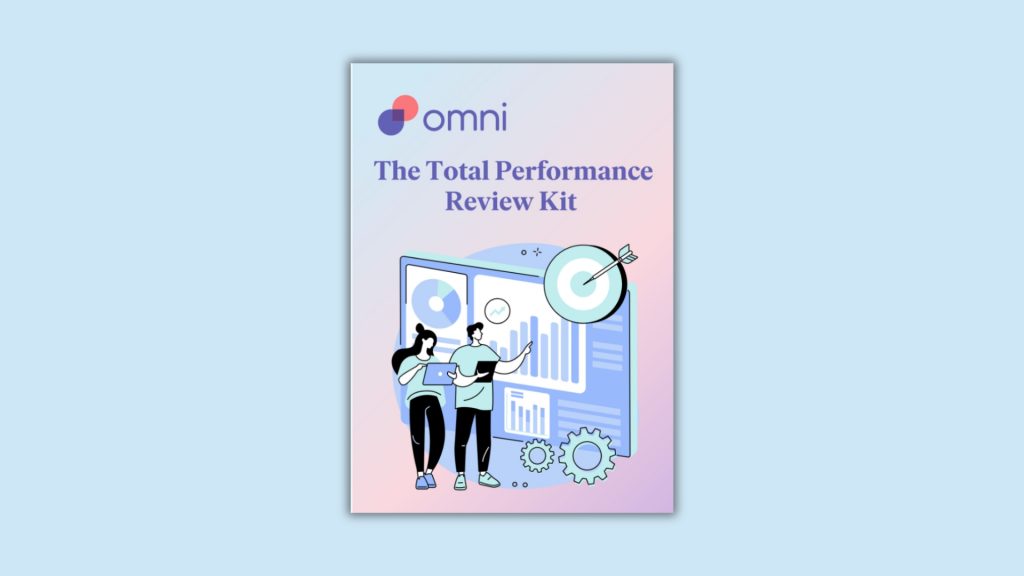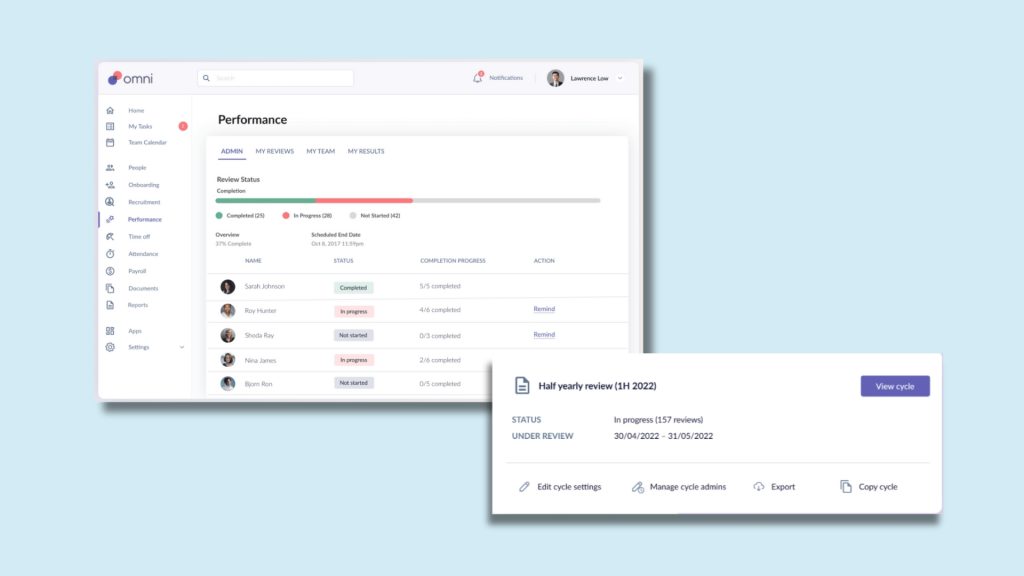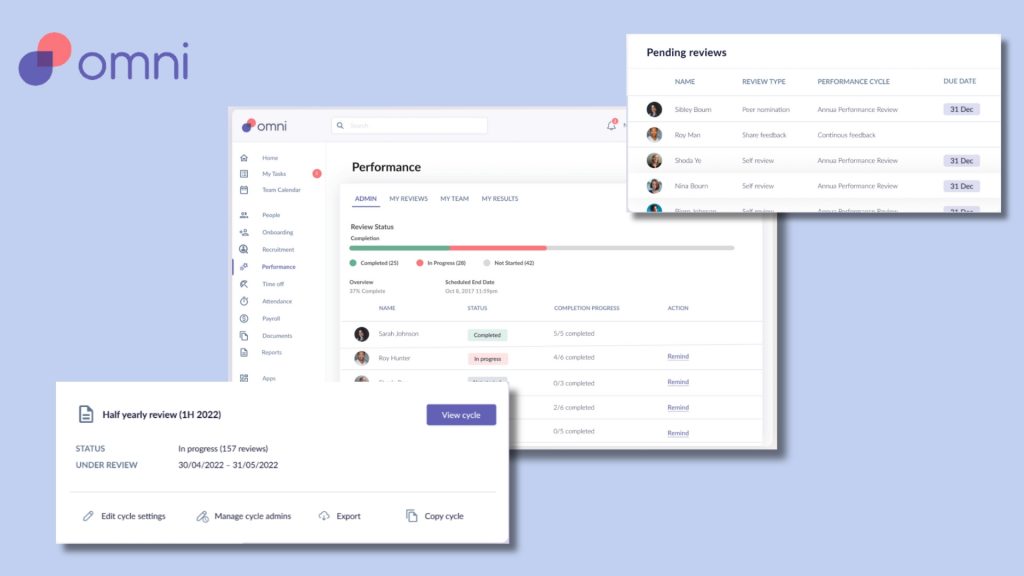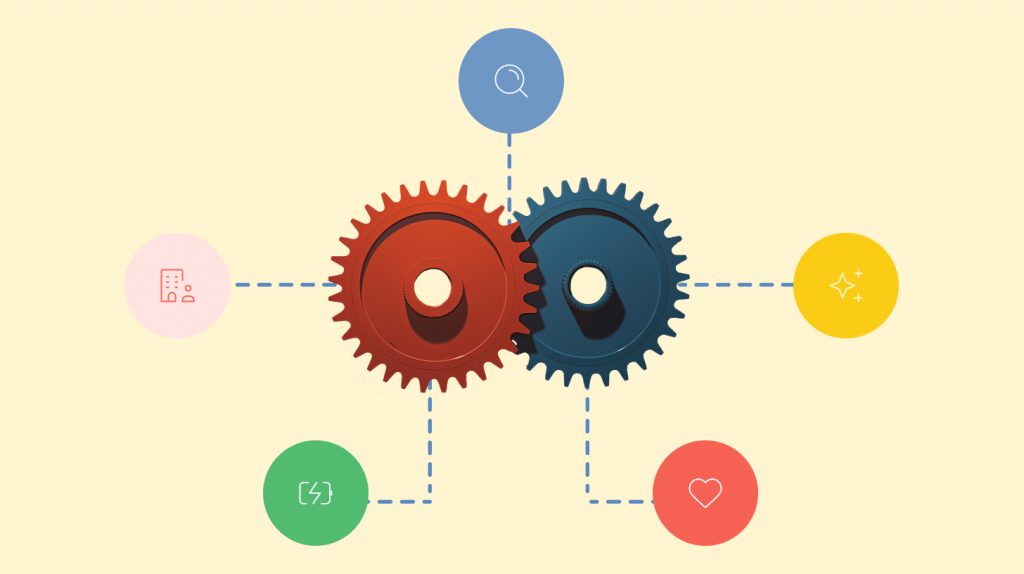You may dream of growing your mid-sized business or increasing its production, or you simply want to expand your team. With all company growth comes a need for a robust HR team to keep things running smoothly behind the scenes. From time-consuming recruitment efforts to ever-evolving local, state, and federal labor laws, the pressure to keep up with workforce needs and compliance efforts can be a lot for a growing organization.
A Professional Employer Organization (PEO) can be a useful tool for companies looking to expand their reach without growing their HR team.
According to the National Association of Professional Employer Organizations (NAPEO), “Small businesses that work with a PEO grow 7 to 9% faster, have employee turnover that is 10 to 14% lower, and are 50% less likely to go out of business.”
Keep reading to find out exactly what a PEO is, how it works, how it ensures business growth, and to understand the potential drawbacks of working with a PEO.
What Is a Professional Employer Organization (PEO)?
A professional employer organization— also referred to as an employee leaving company—is a service that allows small and mid-sized businesses to outsource their HR administrative functions. Such Human Resource outsourcing forms what’s known as a co-employment arrangement—in which a business and a PEO share certain employment responsibilities.
A PEO can offer an array of HR solutions ranging from the most basic to more in depth. PEOs are equipped to handle the following functions:
- Payroll management
- Benefits administration
- Regulatory compliance assistance
- Skills training
- Tax filing
- Employee handbook drafting
- Data analysis in real-time
- Employee onboarding
In a traditional HR and employment management model, employers maintain full responsibility and control when it comes to managing employees. In a PEO arrangement, the service provider becomes a co-employer (the administrative employer), assuming agreed-upon employee-related responsibilities and liabilities.
When you outsource such operations, you still remain the worksite employer. This arrangement allows you to dedicate more time and energy to your core business operations, enhancing your services or products.
PEOs are particularly beneficial to small and medium-sized companies. They might have limited HR expertise or systems that can’t support payroll or HRIS on a large scale, all areas in which such service providers can help.
The Pros of Using a PEO
To determine if investing in a PEO is worth it, you should learn about its advantages and determine how these benefits may align with your business goals.
Cost Savings and Efficiency
Economies of Scale
NAPEO says, “The return on investment of using a PEO, in cost savings alone, is 27.3%.” This is possible thanks to the economies of scale—the cost advantages you enjoy when you streamline the production process.
Outsourcing HR functions helps you focus on your core business operations, which makes them more efficient and reduces errors, saving organizations time and resources.
In addition to the basic HR functions that a PEO supports, some services provide organizations with real-time insights and data analytics that help employers better understand their employee’s performance. This information can be used to address employee performance gaps, set performance goals, and improve team effectiveness for more profitable outcomes.
Streamlines HR Processes
PEOs help streamline HR processes by leveraging expert knowledge and technology to perform functions such as recruitment and payroll processing. According to Gallup, the cost of replacing an employee can range from 50% to 2x the employee’s annual salary. By outsourcing recruitment to a PEO, organizations reduce their overhead costs as they grow their team.
Whatsmore, PEOs allow HR teams to offload administrative functions that take up valuable time. The time saved by leveraging a PEO can be used to focus on more strategic functions, helping organizations become more profitable.
Access to Expertise
HR and Compliance Knowledge
With a PEO by your side, you gain access to its expert knowledge in global HR and compliance. PEOs offer HR services including recruitment, payroll, and tax management in your target countries. PEOs support and partner with your existing HR team to help fill knowledge gaps for management outside of your host country.
A PEO’s knowledge helps your organization navigate dynamic federal and state labor laws while It keeps your business compliant with various tax and payroll regulations.
Learn more: Your Guide to Managing Payroll Hong Kong
Employee Benefits Knowledge
PEOs provide comprehensive benefit plans that encompass a full suite of insurance coverage, including general liability and workers’ compensation, along with other requisite insurance types based on each employee’s place of residence. Notably, PEOs undertake complete liability for the employment arrangement on behalf of the client company.
This goes beyond routine benefits such as health and dental. PEOs can help your employees navigate unique benefits native to their country of residence such as the Hong Kong Rental Reimbursement Scheme or Absentee Payroll Singapore.
Enhanced Employee Benefits
Attracting and Retaining Top Talent
Well managed benefits and lower prices are a direct advantage to both employees and employers. Comprehensive benefits are a key driver for talent acquisition, and are an effective way for organizations to demonstrate their employee appreciation.
By offering quality benefits and tailored assistance for employees in your target region, you help improve the likelihood of employee retention, further boosting productivity and business outcomes.
Competitive Benefits Packages
PEOs utilize their extensive reach and network to engage in negotiations with leading insurance providers to secure all-encompassing benefit packages for employees. This approach enhances the accessibility of healthcare plans for smaller businesses and allows them to extend competitive and appealing benefits, which, in turn, help in the attraction and retention of top talent. PEOs often offer an array of plans, encompassing health insurance, dental and vision care, retirement plans, short-term and long-term disability coverage, life insurance, and accident insurance.
Risk Mitigation and Compliance
Assistance With Legal and Regulatory Compliance
Working with PEOs makes them legal and tax-related employers, which means they assume the legal responsibility and manage risks when it comes to regulatory compliance.
As mentioned, their knowledge of federal, state, and local labor laws and tax standards enables them to keep your business compliant and evade fines and penalties with ease.
PEOs can help you create an employee handbook, accurately file employment tax forms and deposits, refer you to legal agents, prepare for compliance, handle immigration requirements such as the Singapore Employment Pass, and comply with sick leave and state worker classification laws.
If you partner with a certified PEO (CPEO), that means it meets the strict legal requirements of the IRS (for US based employees), meaning a CPEO can pay federal taxes for you, and potentially help you avoid instances of double taxation.
Improved Compliance Tracking and Reporting
PEOs play a pivotal role in guiding organizations through the complexities of tax regulations, employment laws, and healthcare mandates. They help ensure that businesses remain in compliance with local regulations to prevent any potential fines or penalties. Moreover, PEOs are responsible for the maintenance of comprehensive HR records and documentation, thereby guaranteeing that all essential records are readily available to meet compliance requirements. These records include personnel files, employment contracts, and documentation related to employee benefits.
The commitment to compliance is a continuous endeavor, as PEOs monitor any changes in regulations and promptly adapt their processes to align with them. This proactive approach helps businesses in addressing compliance challenges, thereby reducing the risk of incurring penalties.
The Cons of Using a PEO
Learning about the drawbacks of this co-employment model is just as essential as understanding its many advantages. Get acquainted with the cons of PEOs to best assess if this model is right for your organization.
Lack of Control
You’ll inevitably give up some control over your business if you outsource select services. After all, it’s the PEOs name that is listed on your employees’ paychecks. However, a PEO only takes on the services that you decide to outsource—mainly HR functions and risks.
In other words, you’ll remain in control of your staff and day-to-day business dealings, making operational decisions for your business. You’ll decide on work hours, pay rates, and schedules, as PEOs don’t replace your internal HR team, they only support to streamline administrative tasks.
With PEOs you’ll relinquish control on functions such as choosing benefits providers for insurance, tax filing, payroll administration, and any other administrative duties you’ve opted to enlist your PEO to handle.
Cost Considerations
PEO fees can vary, usually contingent on the number of employees in your workforce and the specific services you require. Many reputable companies will give you a cost analysis upon request. According to industry experts, the estimated average PEO costs typically range from 2% to 12% of total wages.
It’s important to consider the overall cost of in-house HR administration, including the potential revenue loss due to the time taken from your core business activities. In many cases, the expenditure on a PEO can be highly beneficial, potentially saving your company up to 35% on HR costs compared to what you might spend if you opted not to utilize a PEO for outsourcing payroll and HR functions.
Industry-Specific Limitations
Although PEOs typically give you better healthcare insurance rates and workers’ compensation rates, some businesses may not qualify for their group plan or you may need to pay more than if you choose traditional management. The bottom line is that PEOs tailor their services to your specific business needs, which means varying quotes. It’s best to talk with PEO providers to determine if services are a good fit for your industry.
How Can Omni Help International Teams?
Omni makes it easy to support employees across multiple countries, time zones, and currencies.
Our centralized document management solution makes gathering the necessary data required to apply for employment passes, rental schemes, and other country-specific initiatives seamless and timely. With customized workflows and automated reminders, HR can help empower employees to manage the deadlines and documentation requirements for applications. And centralized documents and real-time data makes it easy for employees to access salary information and produce reports and documents necessary for verification.
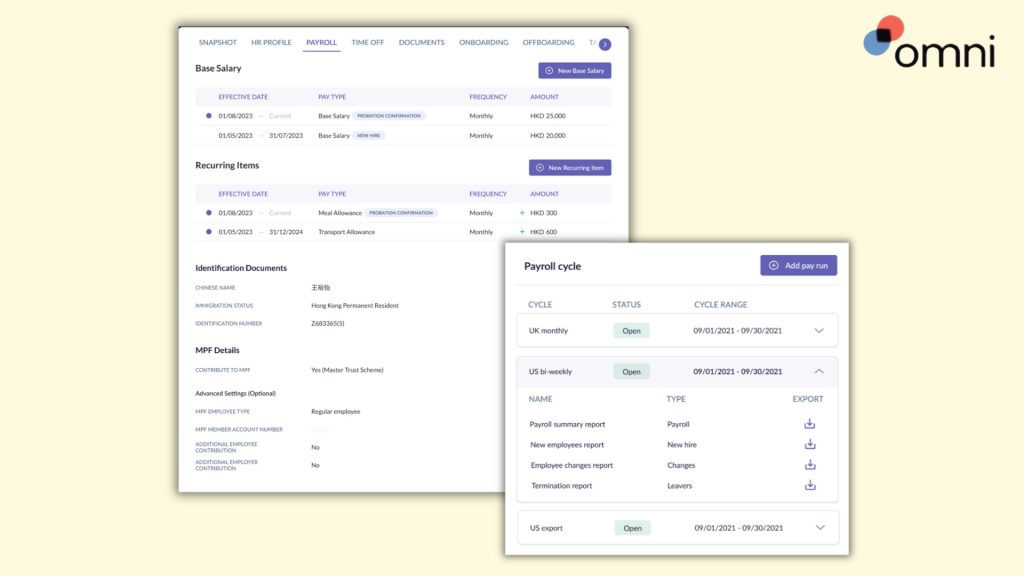
Offering a comprehensive payroll solution tailored to various countries specific requirements with features like support for HKD, SGD, and MYR, automated tax calculations, and managed contributions, Omni can help HR teams simplify their payroll processing and ensure compliance with ease.
Additionally, Omni’s customizable dashboard allows your teams to set and manage calendars pre-loaded with country or region specific holidays and timezones, seamlessly onboarding individuals in various locations.
Book a demo with our team to learn more about how Omni can support your international workforce.



